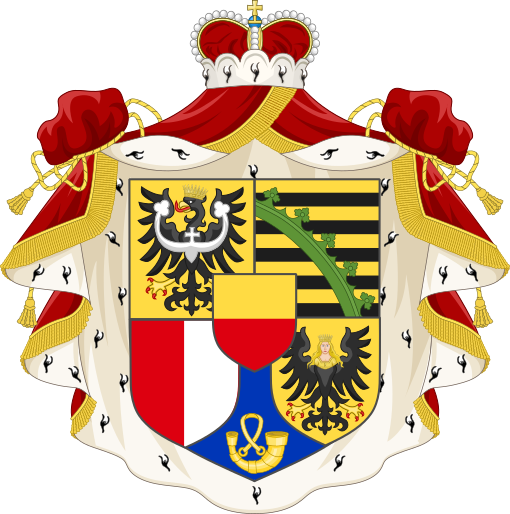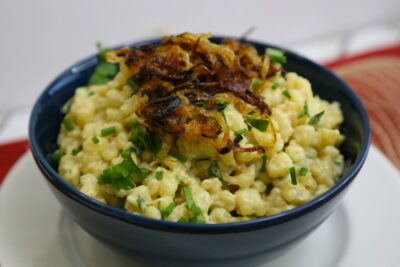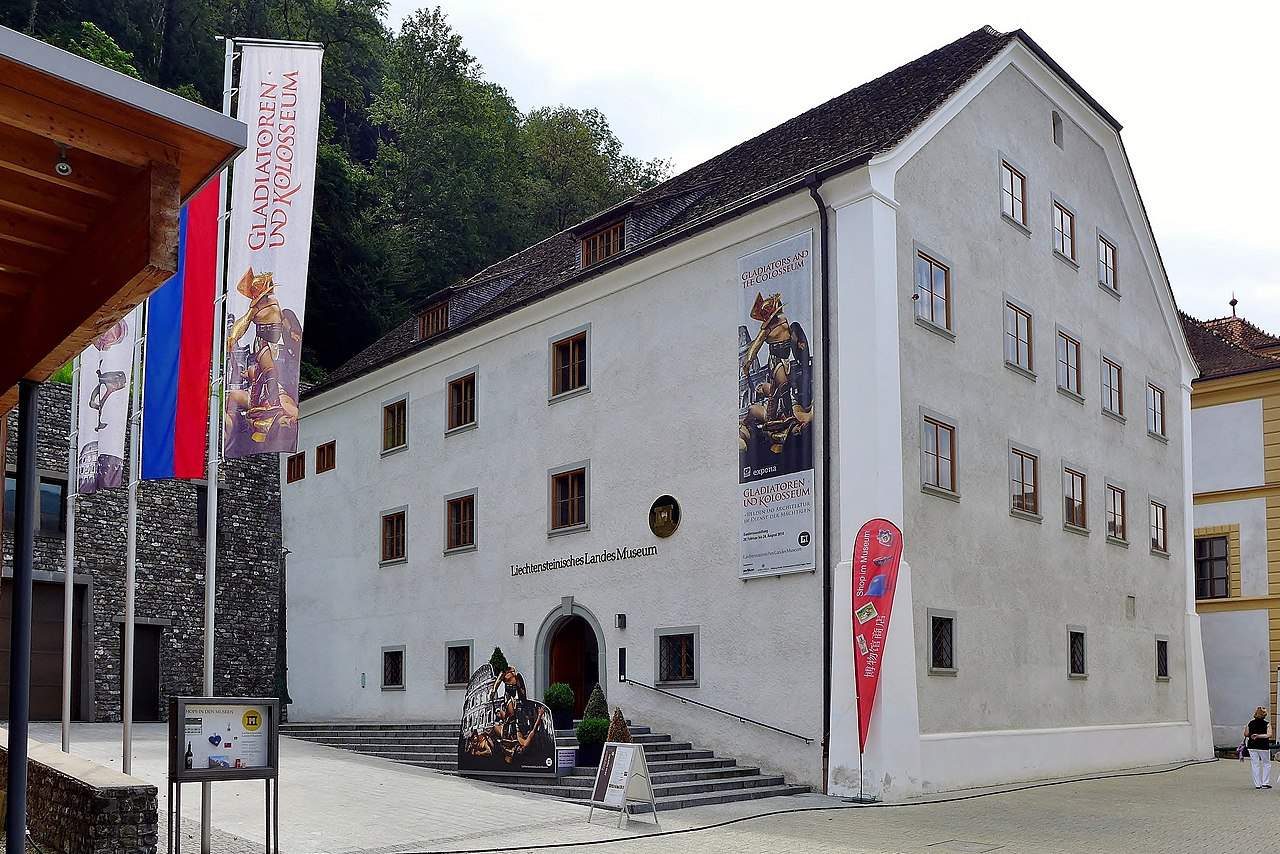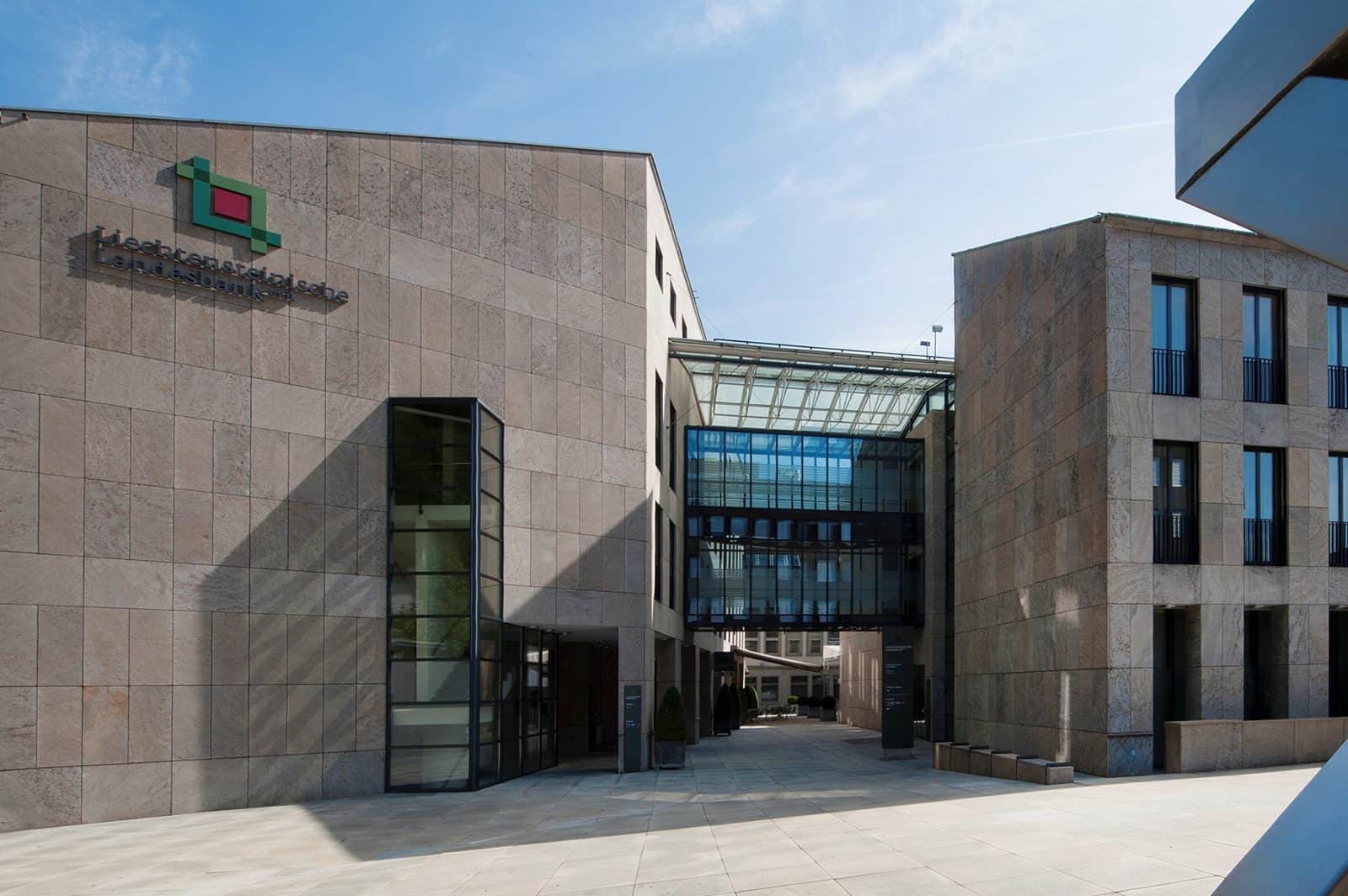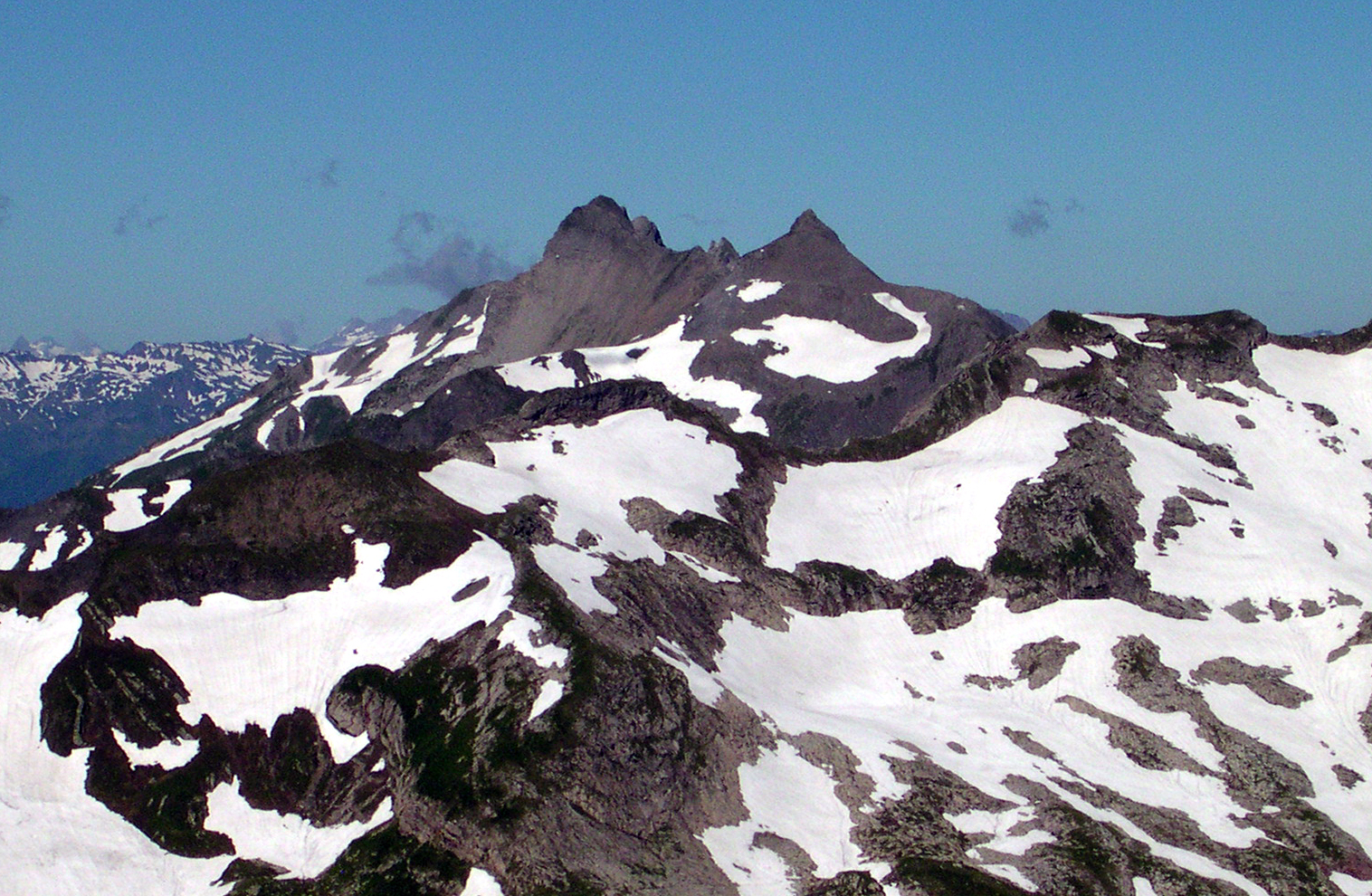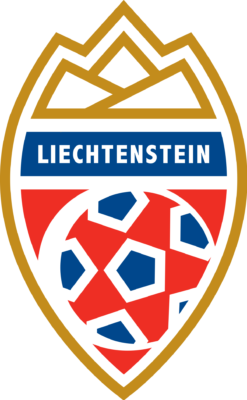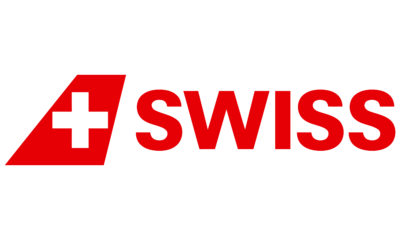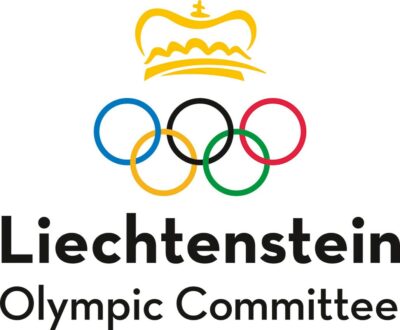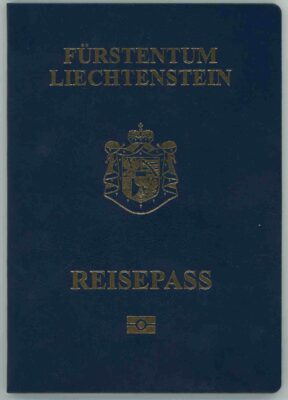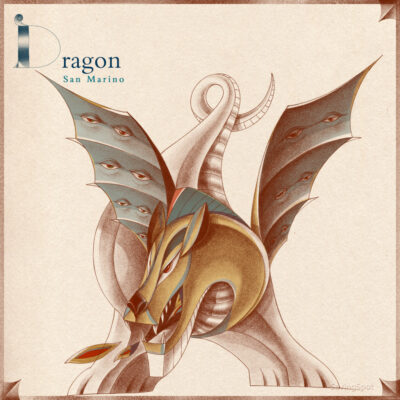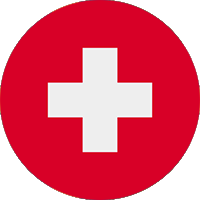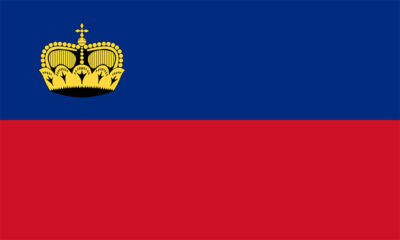National Symbols of Liechtenstein
Last updated on March 17th, 2023 by Editorial Staff
Table Of Contents
By | Updated on March 17, 2023
Reviewed by Rittika
Liechtenstein is a landlocked country in Europe. The official name of Liechtenstein is the Principality of Liechtenstein. It shares borders with 2 countries: Switzerland, and Austria. The people of Liechtenstein are called Liechtensteiners. The country is situated in Central Europe, between Austria and Switzerland.
Etymology discusses where a term is considered to have originated from and how its meaning has changed over time. Etymology has been a factor in the naming of countries all across the world, and Liechtenstein has also been influenced. The etymology of Liechtenstein can be defined as; From the German “light stone” (“light” as in “bright”).
An ethnicity is a group or sub-group of people who are connected based on common characteristics which may include religion, origin, language, traditions, or culture. The ethnic groups in Liechtenstein include Alemannic, Swiss, Italians, and Turks.
Swiss International Air Lines is the national airline of Liechtenstein. The national colors of the country are blue and red. The emoji flag of the country is ????????, and the ISO code is LIE.
Liechtenstein is known for the Vaduz Castle, Gutenberg Castle, and the Red House. The national dish of Liechtenstein is Käsknöpfle, and the national instrument is Alphorn.
The country has the time zone UTC+01:00 (CET) followed by dd/mm/yyyy as the standard date format.
Liechtenstein is divided into 11 municipalities. Schaan is Liechtenstein’s largest city, while Vaduz serves as the capital.
The literacy rate in Liechtenstein is 100%.
The country’s total area is 160 km² (62 sq mi), and the total population is 38,128. The country’s average elevation is 2,774 m (9,101 ft), whereas the country’s terrain can be defined as; Mostly mountainous (Alps) with Rhine Valley in the western third. The country’s usual climate is continental; cold, cloudy winters with frequent snow or rain; cool to moderately warm, cloudy, humid summers.
The Swiss franc serves as the national unit of currency, and the National Bank of Liechtenstein is recognized as the country’s central bank. The domain for Liechtenstein is .li and the country code is +423.
Museums are known to educate and connect visitors with the nation’s history, culture, civilization, art, and architecture. The Liechtenstein National Museum serves the same purpose and is considered one of the most significant tourist attractions. The Liechtenstein National Museum is home to a large collection of artifacts. It has been designated as the national museum of the country.
The national dress of Liechtenstein is the Dirndl, and 15 August is designated as National Day. In Liechtenstein, the majority of the population practices Christianity and Roman Catholicism as their religion.
Nature is a blessing from God and we must protect it because it provides us with the oxygen and food to survive. It also helps to keep our environment beautiful and clean. To emphasize the significance of nature, Liechtenstein has selected a few forces of nature as national symbols. Kestrel is both the national bird and animal of Liechtenstein. The national flower is Neroli Viviparum Lily, and the highest peak is Grauspitz.
Mythical creatures can be found in the literature and mythologies of many different nations. They represent imaginative representations of various creatures, humans, or hybrids. They are known for their specific features, supernatural abilities, and distinctive appearance. The mythical creature of Liechtenstein is Dragon.
Sports have always played an important role in developing the social and cultural structure of Liechtenstein and other countries. When it comes to designating a sport as the official symbol, Football is considered the country’s national sport.
Poetry is a highly valued form of art, and many poets are considered significant national symbols of the country. The national poet of Liechtenstein is Peter Kaiser.
Emperor Karl is the founder of Liechtenstein. The country’s national anthem was written by Jakob Josef Jauch, and the country’s national hero is Hans Adam II.
Numerous organizations are working on a global level to improve the current state of affairs and to collaborate in order to establish and maintain constructive partnerships. Liechtenstein is a member of the United Nations (UN). Liechtenstein collaborates with them to organize, analyze, and address various events and situations.
The tourism slogan of the country is “Experience Princely Moments” whereas, “Für Gott, Fürst und Vaterland – “For God, Prince, and Fatherland” is the official motto of the country.
Daniel Risch is the current Prime minister of Liechtenstein.
Liechtenstein has declared German as the country’s official language.
– Further information regarding the symbols and knowledge of Liechtenstein can be found in the table of contents –
Country information
Coat of arms
Flag map of Liechtenstein
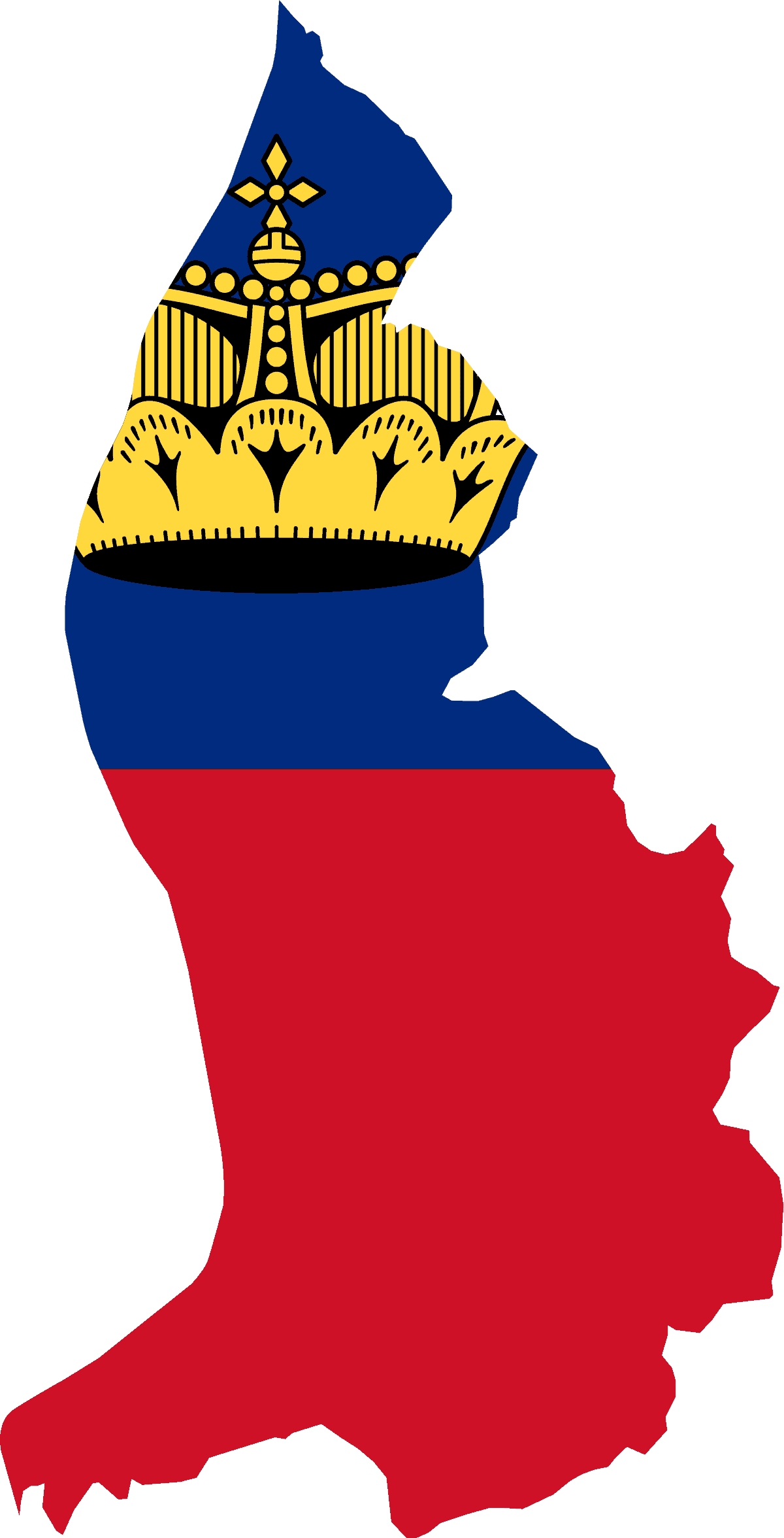
Motto of Liechtenstein
Für Gott, Fürst und Vaterland - "For God, Prince and Fatherland"
National animal of Liechtenstein
The National animal of Liechtenstein is Kestrel
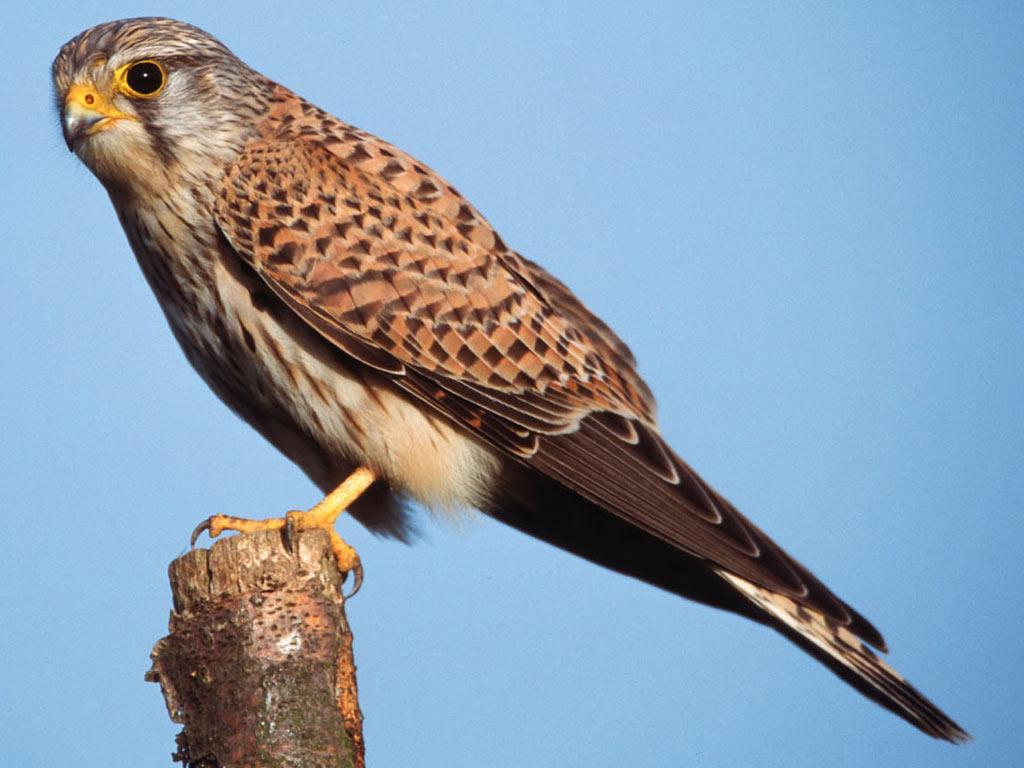
National flower of Liechtenstein
The National flower of Liechtenstein is Neroli Viviparum Lily. Botanical name is N/A.
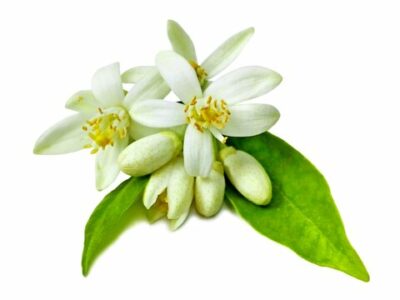
National bird of Liechtenstein
The National bird of Liechtenstein is Kestrel
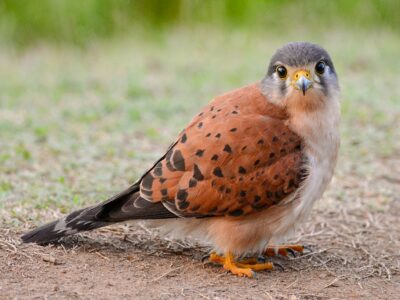
Rest of the National symbols of Liechtenstein 👇
-
FounderEmperor Karl
-
National dishKäsknöpfle
-
National danceNot Declared
-
National dressDirndl
-
National monumentNot Declared
-
National anthemView Anthem
-
National fruitNot Declared
-
National drinkNo official National drink
-
National colorsBlue and red
-
National sportsFootball
-
National treeNot Declared
-
National poetPeter Kaiser
-
National mausoleumNot Declared
-
National museumLiechtenstein National Museum
-
Central BankNational Bank of Liechtenstein
-
Highest peakGrauspitz
-
National football teamLIE
-
Tourism sloganExperience Princely Moments
-
Emoji flag????????
-
National airlineSwiss International Air Lines
-
National instrumentAlphorn
-
National heroHans Adam II
-
Prime MinisterDaniel Risch
-
Olympics CommitteeLiechtenstein Olympic Committee
-
PassportPassport of Liechtenstein
-
Mythical CreatureDragon
Neighbouring countries of Liechtenstein
Liechtensteiner Proverbs - Popular quotes, proverbs and sayings.
An educated woman finds few suitors. Anyone who keeps the ability to see beauty never grows old. Do not allow the Gypsies to lure you out behind the furnace. First bake the strudel then sit down and ponder. God gives the wheat, He doesn’t bake the bread. History is constantly teaching, but it does not find many pupils.
